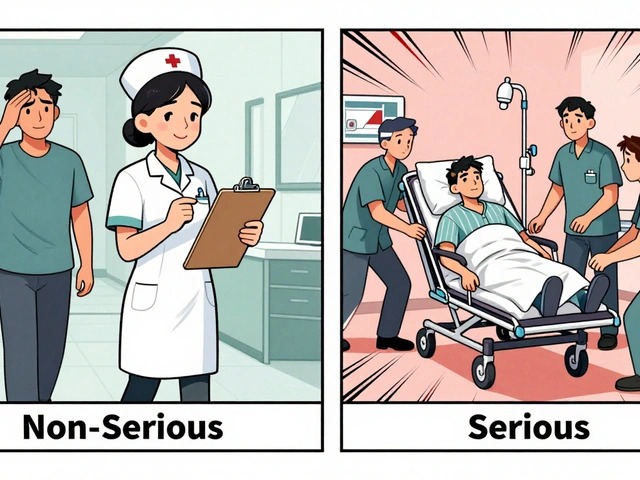Apixaban: What It Is, How It Works, and What You Need to Know
When you need to stop dangerous blood clots before they cause a stroke or pulmonary embolism, apixaban, a direct oral anticoagulant that blocks Factor Xa to thin the blood without frequent monitoring. Also known as Eliquis, it’s one of the most prescribed blood thinners today because it works reliably, doesn’t need regular blood tests like warfarin, and has fewer food or drug interactions. Unlike older options, apixaban doesn’t require you to track vitamin K intake or adjust doses based on lab results. It’s taken twice a day, usually at the same times, and stays active in your system consistently.
Apixaban is often chosen for people with atrial fibrillation, a heart rhythm disorder that raises stroke risk. It’s also used after hip or knee replacement surgery to prevent clots, and in patients who’ve had a previous clot in the legs or lungs. But it’s not for everyone. If you have severe kidney disease, active bleeding, or an artificial heart valve, your doctor might pick something else. And while it’s safer than warfarin for most, it still carries a risk of serious bleeding — especially if you take it with NSAIDs like ibuprofen, certain antibiotics, or other anticoagulants. That’s why knowing your full medication list matters.
People often wonder how apixaban stacks up against rivaroxaban, dabigatran, or edoxaban. They all work similarly, but apixaban has shown slightly lower bleeding rates in large studies, especially in older adults. It’s also one of the few blood thinners still considered safe for people with moderate kidney issues — though dosage adjustments may be needed. If you’re switching from warfarin, your doctor will time it carefully to avoid gaps or overlaps that could leave you unprotected or over-thinned.
What you won’t find in most guides is how real people manage apixaban daily. Some forget doses when traveling across time zones. Others panic if they miss a pill. Some worry about dental work or minor cuts. The posts below cover these real-life concerns: how to handle missed doses, what to do before surgery, how to recognize bleeding signs, and which supplements to avoid. You’ll also see comparisons with other anticoagulants, real-world side effect reports, and tips for staying safe while on long-term therapy. This isn’t theory — it’s what people actually deal with when they take apixaban every day.

How Apixaban Reduces Stroke Risk in Atrial Fibrillation Patients
Apixaban is a leading blood thinner for atrial fibrillation patients, reducing stroke risk by 21% and bleeding by 31% compared to warfarin. It's easier to use, safer for seniors, and doesn't require regular blood tests.
View More




